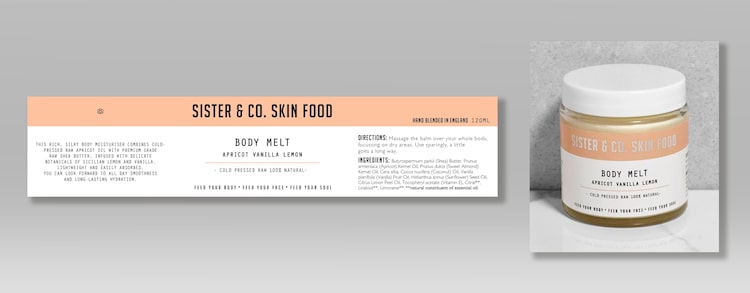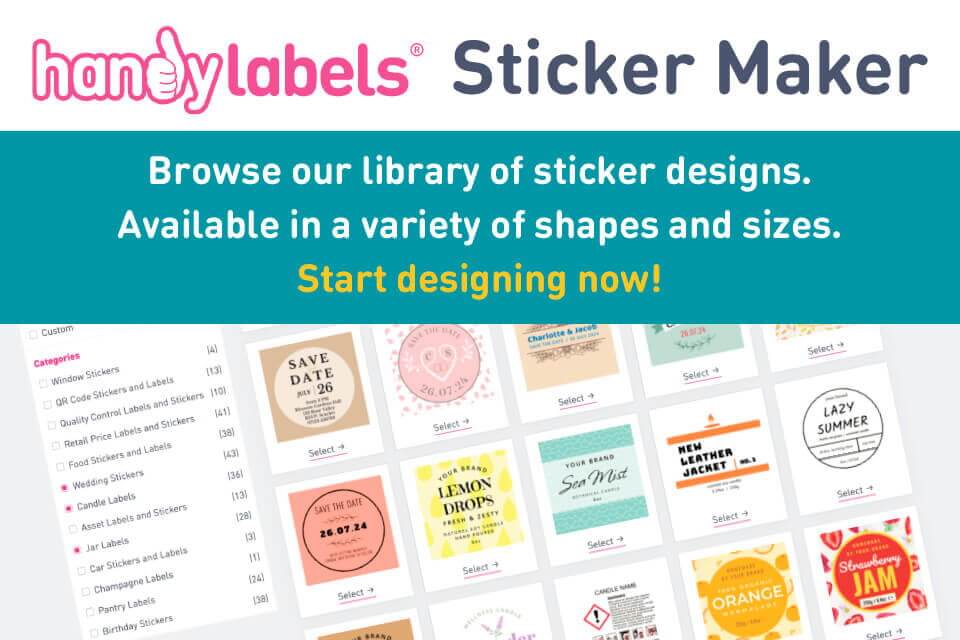Labels survive under the most bizarre of conditions. When items are stored in a cool environment fewer pests emerge to destroy the packaging including the labels. This is why in places that are frozen for much of the year, the surviving labels have enabled explorers to identify the time frame that a derelict habitation was abandoned. This is particularly true of labels on aluminium cans and other packaging that was used before plastic became the common denominator for packaging.
A contributory factor has always been what the labels have been made of. Currently, designers and brand developers take a lot of time in exploring the appearance of the label, but not always the practical application of it.
Most large brands like to apply waterproof labels regardless of whether the label requires protection from its environment. This naturally increases longevity, reduces waste and enables the end user to recall the brand identity. The catch of course is that waterproof labels do cost more than their non-waterproof counterparts. When the budget matters, perhaps its wiser to use non waterproof until it becomes affordable.
Soaps and Toiletries
With some products, waterproof labeling is the only option. The environment that products are traditionally exposed to will dictate the necessity for the type of label chosen. Shampoos, body wash, shaving creams and soaps all need labels that are water-resistant or waterproof. Apart from the fact that you will want to preserve your brand identity, it may be a legal requirement that the customer can check the ingredients on the label. While this may differ from country to country – important to remember when you’re exporting, there can be some local regulations surrounding label application too. Be sure to check.

Beverage labels
Manufacturers of beverages will prefer waterproof labels too. It is not only the risk of spoiling the label through spilling the beverage but also the moist environment that most cold storage brings. Condensation can run havoc with ink, so if this is going to be a consideration including when the product is in transit, then waterproof labelling will be a must. While keeping beverages or other liquids in a dry environment may resolve the problem with condensation, what happens should only bottle or container break. The risk of course that all the labelling will be damaged. If it can be wiped clean, the problem is resolved.
Outdoor product labelling
Any outdoor products should be labelled with waterproof labels. This is particularly true for camping and outdoor activity items, especially in the UK where the climate will be wet. Condensation from dew and the effects of rain could create a chaotic camping trip with just one label left unreadable. Apart from the need to read ingredients, many outdoor products both edible and non-edible, also come with instructions, which if not adhered to can leave the user in a dangerous situation. This applies to all outdoor product labelling including emergency and first aid equipment.
Kitchen products
Washing machine, dishwasher and had basin products that are frequently used in the kitchen are all likely to come into contact with water. Especially because the products contain surfactants and other ingredients that could be damaging to the eyes and skin, the labels should be easy to read particularly in cases when they have to be taken to a poison center or a hospital. Whether the label is made of foil, vinyl or any other non-porous substrate it will be easy to wipe clean without any ink loss.
Label size will also affect the waterproof label of choice because the larger the surface that the adhesive has to bond to, the stronger the label will be. Also, discuss printing materials and the types of inks used with your printing contractor. Some inks may produce better colour, but will run even if used on waterproof label surfaces. Your printing company will be able to advise as to which is the best route to follow.
The quality of the label used on a product is a reflection of the overall quality of the product it covers. Labels that cannot maintain their appearance, will detract from the perceived value of the product, whether this is accurate or not. Always consider where the product is most likely to be stored. If it is in a high-risk environment, then the investment in a good quality waterproof label will make all the difference.

